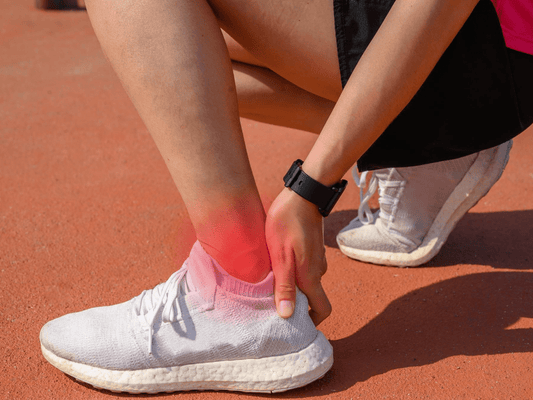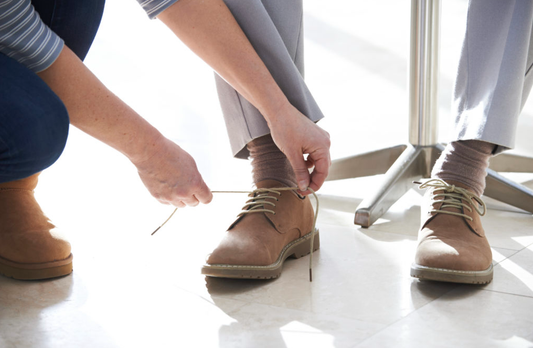While running doesn’t demand extensive equipment, having well-fitting, running-specific shoes is crucial. “For someone preparing for a long-distance event like a marathon, they might cover 800 miles or more before the race,” explains podiatrist Stephanie Kvas, D.P.M. “Given the mileage your feet will endure, choosing the right footwear is key to maintaining foot health and preventing injuries.”
Here are some tips to help you select the best running shoes for your needs:
Shop in the Evening Throughout the day, your feet tend to swell as they retain fluid. Therefore, it's best to shop for shoes later in the day or evening, when your feet are at their largest. This ensures that the shoes you choose will remain comfortable throughout the day.

Visit Specialty Shoe Stores Specialty shoe stores provide essential services such as fitting and measuring, and they offer a variety of styles, sizes, cushioning levels, and special inserts. Knowledgeable staff can assist in selecting the right size, style, and support for optimal comfort and performance.

If you're starting a running routine, inquire about shoes specifically designed for road running. These shoes typically feature flatter, smoother soles to offer a consistent surface for running on roads, sidewalks, tracks, and treadmills.
Brand Differences Shoe sizes can vary slightly between brands. Don’t hesitate to try a half or full size up or down when trying a new brand or a new style from a familiar brand.

Select the Correct Size and Fit Most people have one foot slightly larger than the other, usually by no more than half a size. When buying new shoes, base your size on the larger foot, as you can adjust the fit of the smaller foot with inserts or arch supports. Be sure to try on both shoes, and there should be about a half-inch of space between your longest toe and the shoe's front, allowing your toes to move comfortably.

When trying on shoes, bring along your running socks and any custom orthotics.
Accommodate Deformities Foot deformities like bunions and hammertoes can make finding the right footwear challenging. Fortunately, many brands offer shoes with extra width and depth to address these issues and prevent painful corns and calluses. Specialty stores may also offer stretching services to accommodate specific deformities.

Lace Your Shoes Properly The way you lace your shoes can affect their fit. To secure your heel, consider using the runner's loop. If you need to relieve pressure on the top of your foot, window or box lacing might be beneficial.

Test the Shoes Walk around the store and pay attention to any rubbing or discomfort while standing, walking, or jogging in place. If a shoe is uncomfortable in the store, it is likely to remain so over time. Ideally, running shoes should feel comfortable right from the start and shouldn’t require a break-in period.

Know When to Replace Your Shoes Your running shoes will endure significant use during training. Generally, they last about 400 to 500 miles or three to four months. Watch for signs of compression or wear on the midsoles and outsoles; if they appear worn, it's time for a new pair.
If you have concerns about your foot health, consult with your healthcare provider or schedule an appointment with a podiatrist. Podiatrists, specializing in foot issues, can offer the best advice tailored to your specific needs.



